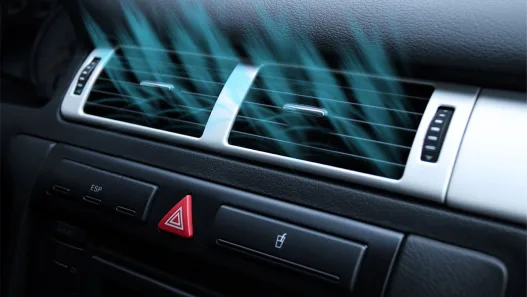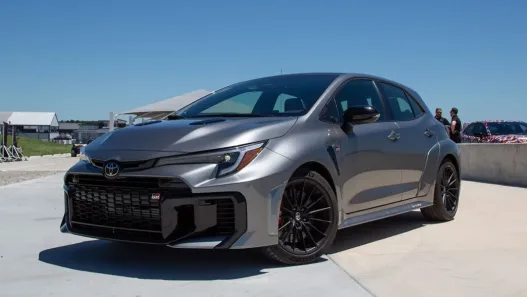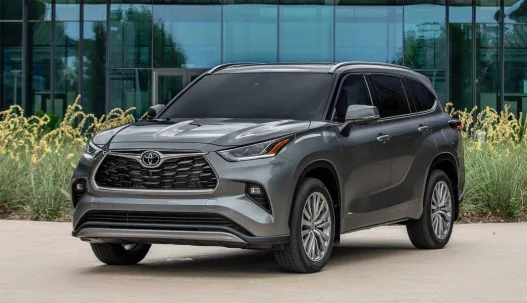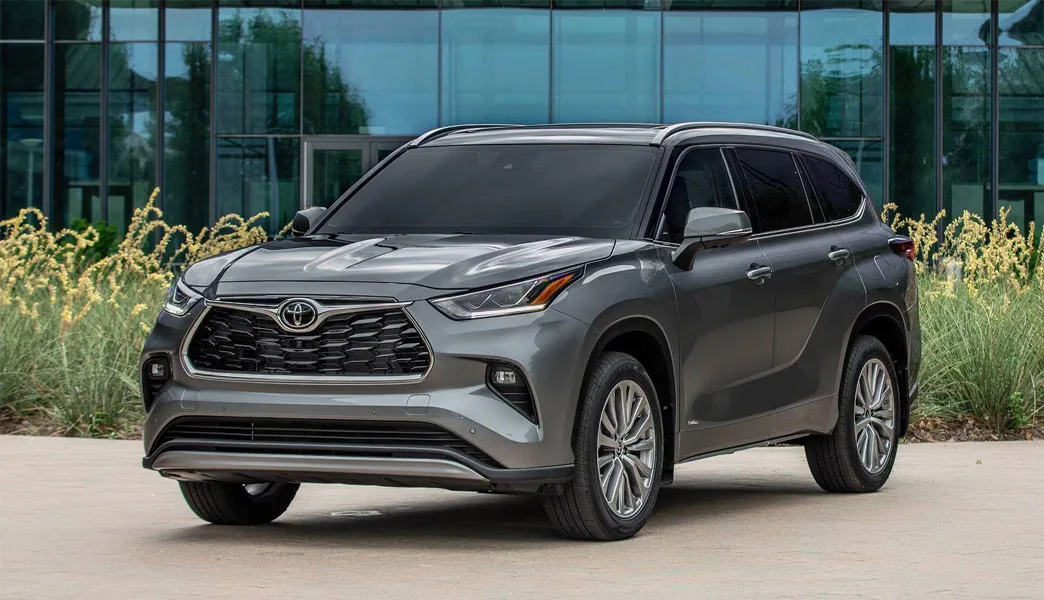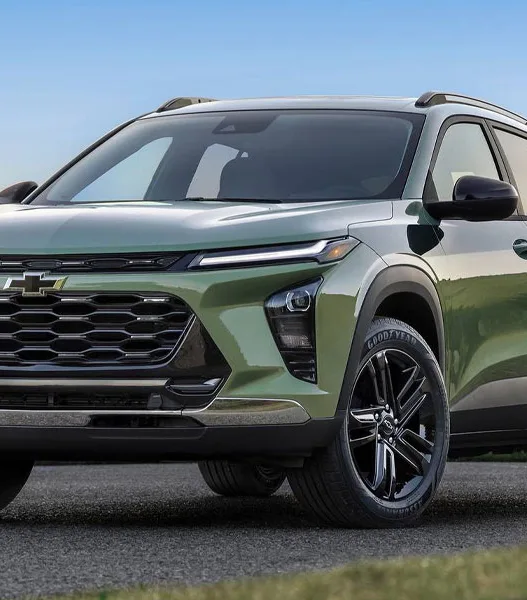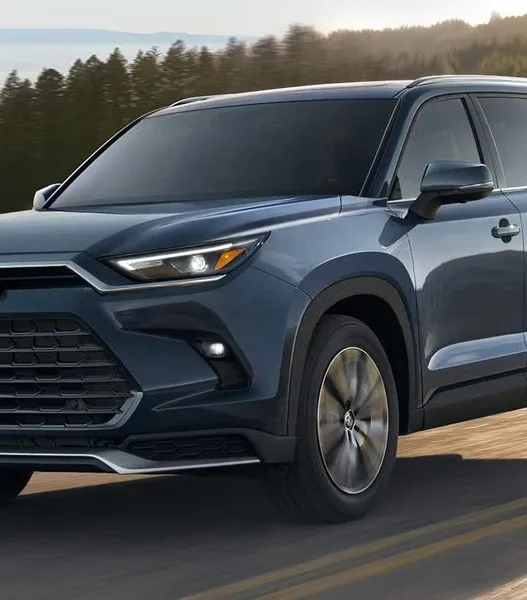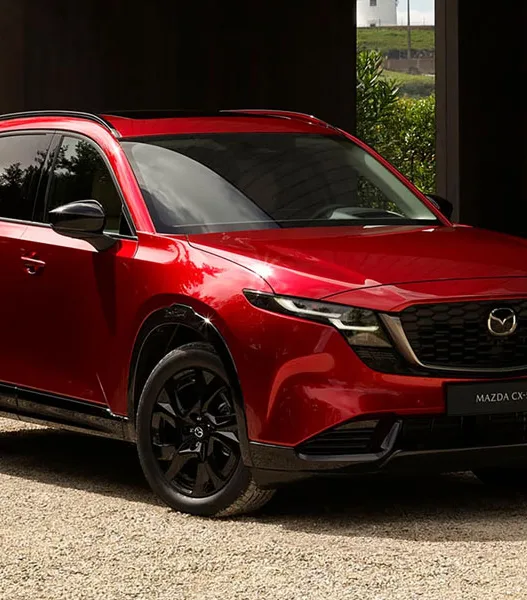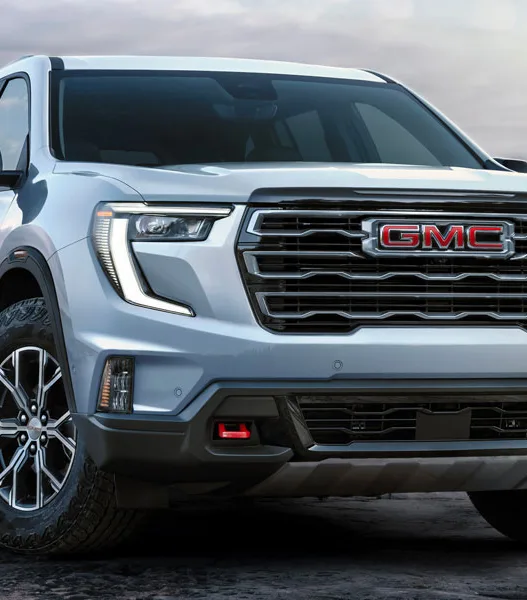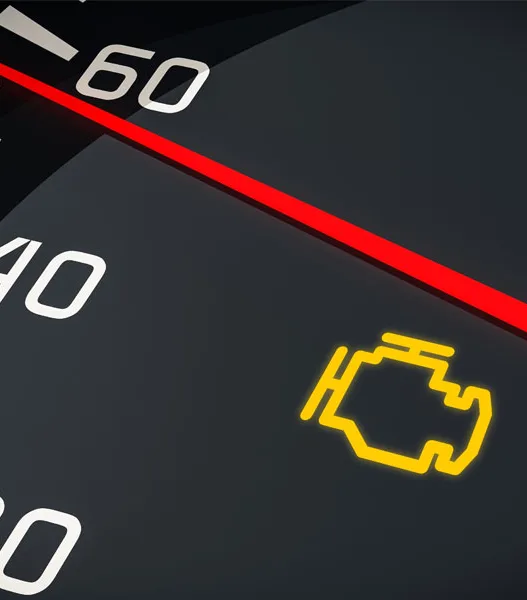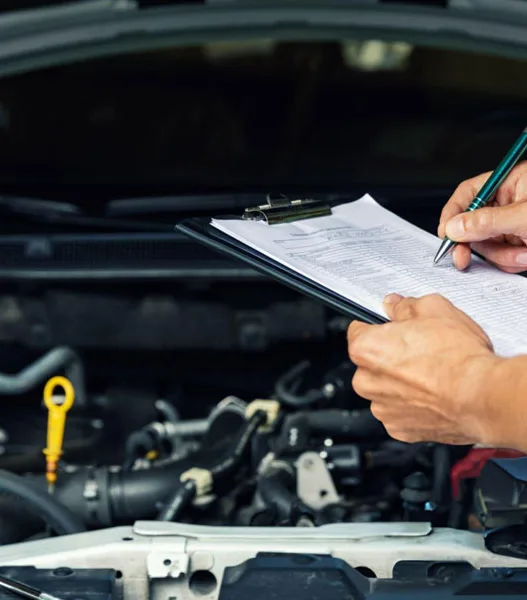A few weeks ago, I found myself standing in the middle of a bunch of SUVs, and my eyes locked on a gleaming silver Toyota Highlander. It was a 2025 model.
It looked perfect, roomy enough for weekend adventures with the kids, reliable enough for the daily commute, and backed by Toyota’s legendary reputation. The salesman leaned in with a grin, “These things run forever.”
And I was sold.
A month later, I was at the mechanic’s shop, dealing with an oil-hungry engine that wouldn’t quit. What I hadn’t known was that the model I’d bought came from a problematic production year, a detail buried in forums and owner reviews, but invisible on the surface.
That’s the thing about the Toyota Highlander. It’s a great SUV, most of the time. But not all Highlanders are built equal. Some years shine with reliability and comfort, while others are plagued with issues that can drain your wallet and your patience.
In this guide, I’ll help you avoid my mistake by letting you know the Toyota Highlander years to avoid the ones known for mechanical trouble. I’ll also spot the best years to buy if you want true value and peace of mind.
Toyota Highlander Red Flags: The Worst Years You Should Avoid
Year 2025
- Poor fuel efficiency
- Soft Suspension
- Uncomfortable during Long Trips
- Fewer Features at premium pricing
Year 2008-2010
- Excessive oil consumption
- Problematic Transmission
- Rough shifting and delayed gear engagement
Year 2015
- Transmission Hestiation
- Feel a jerk while shifting gears
Year 2003-2005
- Transmission Failure
- Engine Oil Sludge Buildup
- Engine Failure
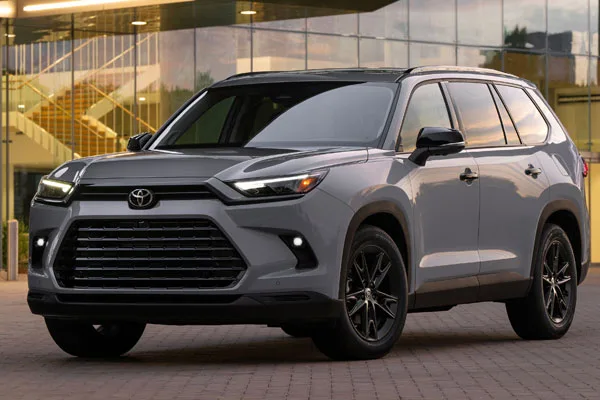
2025 Toyota Highlander EXPOSED: Why This ‘Fuel-Saving’ SUV Might Be the Worst Deal of the Year!
1. Poor Fuel Efficiency
At first glance, I found the 2025 Toyota Highlander Hybrid a fuel efficiency champion, boasting up to 35 mpg according to EPA estimates, while the gas model claims 24 mpg combined.
But once I was behind the wheel, those numbers often turned into wishful thinking. Several drivers have also consistently reported lower-than-expected mileage, especially in stop-and-go traffic or during heavy acceleration.
Some hybrid owners say they’re only seeing around 28 mpg, a far cry from what the spec sheet promises.
What’s the reason behind this? The Highlander Hybrid’s 2.5L engine, though tuned for efficiency, sacrifices performance, resulting in sluggish acceleration and noticeable engine noise under load.
Therefore, its mpg magic looks great in theory, but falls flat in practice, making it a poor choice for buyers who prioritize both fuel economy and performance.
2. Soft Suspension
If you’re hoping for a fun or engaging drive, the 2025 Highlander isn’t it. While it certainly delivers a comfortable and quiet ride, it comes at the cost of driving enjoyment.
The soft suspension, though ideal for absorbing bumps, creates a detached and floaty feel, while the light steering offers minimal feedback.
For drivers who appreciate a responsive and agile SUV, this can quickly become a disappointment. In comparison, SUVs like the Mazda CX-90 prove that family haulers can still offer driving excitement, with sharp handling and connected steering dynamics.
While the Highlander’s calm demeanor may work for those who prioritize serenity, spirited drivers will likely find it dull and uninspiring.
3. Fewer Features at Premium Pricing
The 2025 Highlander isn’t cheap, and that’s where many shoppers start to hesitate. With a starting at $39,520, the base model already inches close to $40K.
Hybrid models start at $47,470, while the top-tier Platinum trim is around $55,000. At those prices, buyers naturally expect top-tier value, but that’s where the Highlander struggles.
Competitors like the Kia Telluride and Hyundai Palisade deliver more features at lower price points, making them smarter financial picks.
Therefore, the Highlander carries a premium price without offering a premium edge, and that could leave cost-conscious buyers looking elsewhere.
2025 Model Specifications
| Engine Type | 2.4-liter inline 4-cylinder |
| Base Engine Type | Gas |
| Valves | 16 |
| Horsepower | 265 hp at 6,000 rpm |
| Torque | 310 lb-ft at 1,700 rpm |
| Transmission | 8-speed automatic |
| Drivetrain Options | Front-Wheel Drive |
| Fuel Tank Capacity | 17.8 gallons |
| Mileage | 24 miles per gallon |
| Seating Capacity | 8 passengers |
| Cargo Capacity | 20.6 cubic feet behind rear seats |
| Front Legroom | 41.7 inches |
| Rear Legroom | 39.5 inches |
| Safety Features |
|
| Infotainment and Connectivity |
|
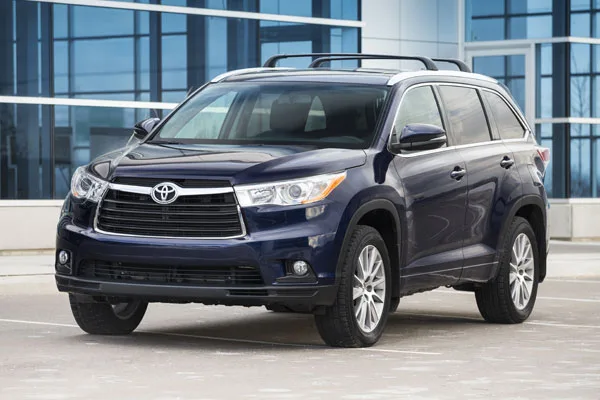
Why the 2015 Toyota Highlander Might Be a Risky Choice for SUV Shoppers
1. Transmission Hestiation
This model year comes with a nagging problem that has frustrated many owners: transmission hesitation.
Drivers frequently report that the SUV struggles to find the correct gear, particularly during acceleration or when trying to merge or pass. The result is a jerky and sometimes sluggish driving experience that detracts from the vehicle’s otherwise smooth ride.
While not every 2015 Highlander suffers from this issue, the frequency and consistency of complaints are hard to ignore.
If you have your heart set on a third-generation Highlander, it’s best to start your search with the 2016 model year or newer. These later models tend to offer a more refined driving experience without the transmission-related headaches.
2015 Model Specifications
| Engine Type | 3.5-liter V6 engine |
| Base Engine Type | Gas |
| Valves | 24 |
| Horsepower | 270 hp at 6,200 rpm |
| Torque | 248 lb-ft at 4,700 rpm |
| Transmission | 6-speed shiftable automatic |
| Drivetrain Options | All wheel drive |
| Fuel Tank Capacity | 19.2 gallons |
| Mileage | 20 miles per gallon |
| Seating Capacity | 8 passengers |
| Cargo Capacity | 13.8 cubic feet behind rear seats |
| Front Legroom | 44.2 inches |
| Rear Legroom | 38.4 inches |
| Safety Features |
|
| Infotainment and Connectivity |
|
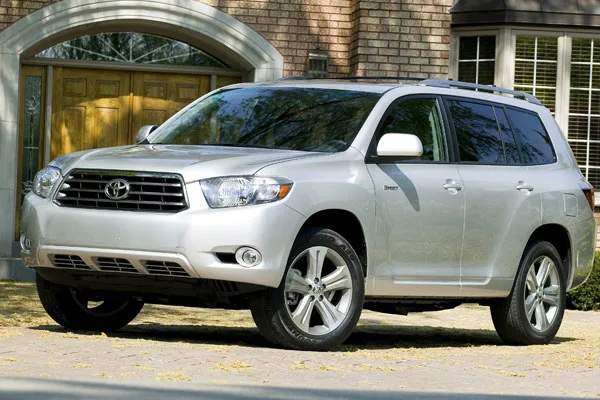
Behind the Wheel of Trouble: Engine and Transmission Problems in 2008–2010 Highlanders
1. Excessive oil consumption
These second-generation Toyota Highlanders offer decent space, a comfortable ride, and the general appeal of Toyota’s long-standing reputation for reliability.
However, beneath the surface, these years are known for some persistent and costly issues, especially if you’re considering one with the V6 engine.
One of the most common complaints during this period is excessive oil consumption. Many owners have reported that the V6 engine tends to burn oil at an unusually high rate.
In some cases, drivers found themselves topping off the oil far more frequently than expected. If left unchecked, this can cause long-term engine damage and lead to expensive repairs or even total engine failure.
2. Problematic Transmission
Transmission problems are another red flag in these model years. As these vehicles age, issues such as rough shifting and delayed gear engagement become more frequent.
This creates a driving experience that feels jerky and inconsistent, especially during acceleration or when shifting from park to drive.
2008-2010 Model Specifications
| Engine Type | 3.5-liter V6 engine |
| Base Engine Type | Gas |
| Valves | 24 |
| Horsepower | 270 hp at 6,200 rpm |
| Torque | 248 lb-ft at 4,700 rpm |
| Transmission | 5-speed shiftable automatic |
| Drivetrain Options | All wheel drive |
| Fuel Tank Capacity | 19.2 gallons |
| Mileage | 19 miles per gallon |
| Seating Capacity | 7 passengers |
| Cargo Capacity | 10.3 cubic feet behind rear seats |
| Front Legroom | 43.2 inches |
| Rear Legroom | 38.3 inches |
| Safety Features |
|
| Infotainment and Connectivity |
|
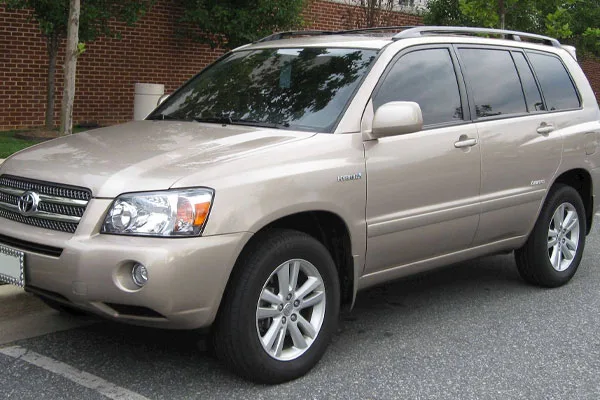
The Hidden Failures of the 2003 to 2005 Toyota Highlander
1. Transmission Failure
The 2003 to 2005 Highlanders were part of the first generation of this midsize SUV, a period that helped Toyota establish a strong foothold in the SUV market.
While these models were praised for their practicality and durability in their early years, time has exposed some serious reliability concerns that potential buyers should be aware of.
One of the most troubling issues associated with these model years, particularly the 2003 Highlander, is transmission failure. Numerous owners have reported that their transmissions gave out entirely, often without much warning.
Replacing or rebuilding a transmission is one of the most expensive automotive repairs, and for a vehicle that’s already over 15 years old, it may not be worth the investment.
2. Engine Oil Sludge Buildup
Another significant problem is engine oil sludge buildup, which was a widespread issue in several Toyota and Lexus vehicles from the early 2000s.
If the engine oil wasn’t changed regularly, especially at shorter intervals than what was typically recommended, the oil could degrade and thicken into sludge.
This sludge restricts oil flow and can lead to premature engine wear or complete engine failure.
2003-2005 Model Specifications
| Engine Type | 3.3-liter V6 engine |
| Base Engine Type | Gas |
| Valves | 24 |
| Horsepower | 230 hp at 5,800 rpm |
| Torque | 242 lb-ft at 4,400 rpm |
| Transmission | 5-speed automatic |
| Drivetrain Options | All wheel drive |
| Fuel Tank Capacity | 19.1 gallons |
| Mileage | 19 miles per gallon |
| Seating Capacity | 7 passengers |
| Cargo Capacity | 10.5 cubic feet behind rear seats |
| Front Legroom | 40.7 inches |
| Rear Legroom | 36.4 inches |
| Safety Features |
|
| Infotainment and Connectivity |
|
From 2003 to 2025: Toyota Highlander Generations Compared
| Specifications | 2003-2005 | 2008-2010 | 2015 | 2025 |
|---|---|---|---|---|
| Engine Type | 3.3-liter V6 engine | 3.5-liter V6 engine | 3.5-liter V6 engine | 2.4-liter inline 4-cylinder |
| Base Engine Type | Gas | Gas | Gas | Gas |
| Valves | 24 | 24 | 24 | 16 |
| Horsepower | 230 hp at 5,800 rpm | 270 hp at 6,200 rpm | 270 hp at 6,200 rpm | 265 hp at 6,000 rpm |
| Torque | 242 lb-ft at 4,400 rpm | 248 lb-ft at 4,700 rpm | 248 lb-ft at 4,700 rpm | 310 lb-ft at 1,700 rpm |
| Transmission | 5-speed automatic | 5-speed shiftable automatic | 6-speed shiftable automatic | 8-speed shiftable automatic |
| Drivetrain Options | All wheel drive | All wheel drive | All wheel drive | All wheel drive |
| Fuel Tank Capacity | 19.1 gal | 19.2 gal | 19.2 gal | 17.9 gal |
| Mileage (MPG) | 16 city / 22 highway | 17 city / 23 highway | 18 city / 24 highway | 21 city / 28 highway |
Toyota Highlander Years You Should Buy
When looking for a dependable used Toyota Highlander, some model years rise above the rest in terms of reliability, value, and overall satisfaction. Let’s take a closer look at some standout years worth considering:
- 2001
- 2006
- 2007
- 2013
- 2017
- 2018
- 2019
- 2020
- 2021
The 2001 Toyota Highlander holds historical value as the very first model year of the Highlander nameplate. While it lacks the tech and refinement of modern SUVs, it was built with Toyota’s classic focus on durability.
Many of these early models are still on the road today, especially those with the 4-cylinder engine.
The 2006 and 2007 Highlanders, being part of the late first-generation lineup, benefited from Toyota’s incremental improvements over the years. These models are generally more refined than the early 2000s versions and have fewer widespread complaints.
Moving forward, the 2013 Highlander stands out as the final year of the second generation. It’s a model that combines mature refinement with Toyota’s classic reliability. While it may lack the flashy features of newer SUVs, it offers a solid, straightforward driving experience.
Then comes the 2017 and 2018 Highlanders, two of the best model years in the third generation. These years marked a significant improvement with a mid-cycle refresh in 2017, introducing a more powerful 3.5-liter V6 engine, an upgraded 8-speed automatic transmission, and the inclusion of Toyota Safety Sense as standard.
The 2020 Highlander brought a full redesign, kicking off the fourth generation. This year introduced a sleeker design, a more fuel-efficient V6 engine, and an improved hybrid powertrain option. Toyota also upgraded the cabin’s overall quality and tech features, making it feel more premium.
Finally, the 2021 Highlander continued refining the fourth-gen improvements. With excellent ride comfort, strong fuel economy (especially in hybrid variants), and robust standard safety features, it appeals to families and long-distance commuters alike.
It also has a reputation for strong resale value, making it a smart investment if you plan to sell or trade down the road.
Wrapping Up
My personal experience is a reminder that even a brand as trusted as Toyota has its off years, and that appearances can be deceiving when shopping for an SUV. A shiny exterior and a smooth test drive don’t always tell the full story.
Just like me, many buyers walk onto the lot believing they’re investing in long-term reliability, only to find themselves bogged down with expensive repairs and frustrating breakdowns.
The truth is, the Toyota Highlander can live up to its reputation if you choose the right model year. Avoiding trouble-prone years like 2025, 2015, 2008–2010, and 2003–2005 can save you from the kinds of headaches I faced.
On the flip side, sticking with proven winners like the 2017–2021 models, or even earlier gems like the 2006 or 2013, can deliver years of reliable, comfortable, and safe driving.
So before you fall for the next gleaming SUV on the lot, arm yourself with knowledge. Look beyond the surface. Check service records. And most importantly, use guides like this to steer clear of common pitfalls.
Frequently Asked Questions
1. What is the Most Reliable Year for the Toyota Highlander?
The 2017 to 2021 Highlanders are considered among the most reliable. They offer a modern design, powerful yet efficient engines, standard advanced safety features, and a strong track record for durability and resale value.
2. Which Toyota Highlander Years Should I Avoid?
Avoid the 2025, 2015, 2008–2010, and 2003–2005 model years. These Highlanders are known for issues such as engine oil sludge, excessive oil consumption, transmission failures, and engine problems.
3. How Long can a Toyota Highlander Last?
With proper maintenance, a Toyota Highlander can easily last 200,000 to 300,000 miles. Many owners report reaching these numbers with few major issues, especially if the vehicle has a solid service history.
4. Is the Highlander Hybrid a Good Choice for Long-Term Use?
Yes. The hybrid versions, especially from 2020 onward, offer excellent fuel economy without sacrificing performance. Toyota’s hybrid systems are known for their reliability, making them a smart choice for those prioritizing efficiency and longevity.
However, some owners have reported strange noises when reversing in newer Toyota Highlander hybrid models.
5. Are Older Highlanders Like the 2001 Model Still Worth Buying?
If budget is a primary concern and the vehicle has been well-maintained, the 2001 Highlander can still be a decent option. However, due to age-related wear and the lack of modern safety and tech features, it may not be suitable for all buyers.




